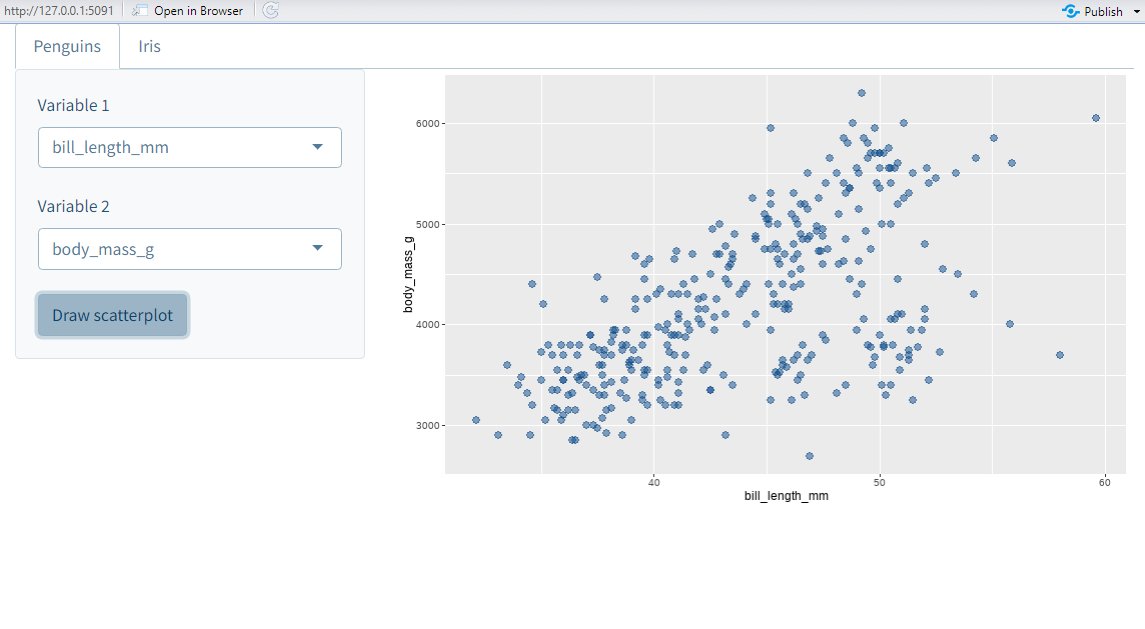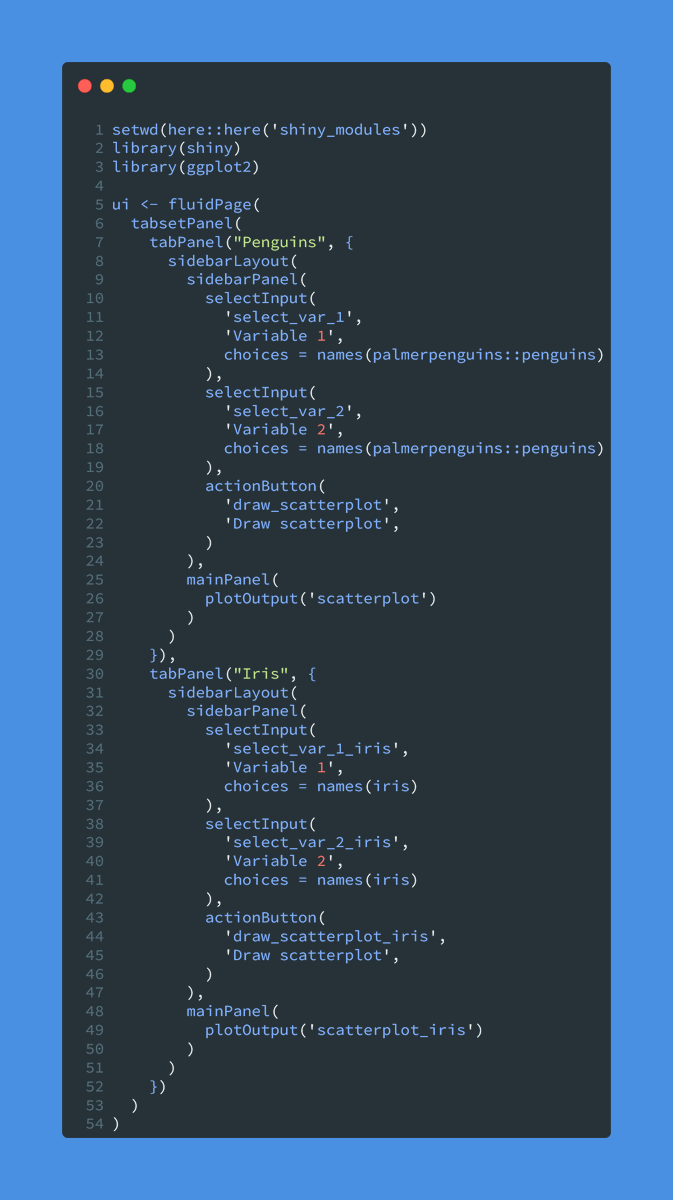Sometimes people ask me if I can do one-on-one R tutoring.
Sure I can. But then my hourly rate applies. And there are many amazing *free* resources. Want to try them first?
Here are a few that I recommend. #rstats
Sure I can. But then my hourly rate applies. And there are many amazing *free* resources. Want to try them first?
Here are a few that I recommend. #rstats
1 // Yet Again: R + Data Science
Find it at yards.albert-rapp.de
I'll start with one of my own bc I assume that you like my style (otherwise why ask me?)
Beware though: YARDS is a graduate-level course that I taught for math students w/ a bit of programming experience.
Find it at yards.albert-rapp.de
I'll start with one of my own bc I assume that you like my style (otherwise why ask me?)
Beware though: YARDS is a graduate-level course that I taught for math students w/ a bit of programming experience.

2 // R for Data Science
To me this book is like the R bible. It introduced me to the so-called tidyverse and taught me much of what I know.
This one starts out slow and is really beginner-friendly
r4ds.had.co.nz
To me this book is like the R bible. It introduced me to the so-called tidyverse and taught me much of what I know.
This one starts out slow and is really beginner-friendly
r4ds.had.co.nz
3 // TidyTuesday Screencast
There is something magical about seeing data sets getting cleaned in real time. Learning directly from masters, teaches you so much.
An excellent resource for R screencast is rscreencasts.com
There is something magical about seeing data sets getting cleaned in real time. Learning directly from masters, teaches you so much.
An excellent resource for R screencast is rscreencasts.com
4 // A ModernDive into R and the Tidyverse
I've learned a lot about the computer-backed statistical side of data science from this one.
I recommend it as an accessible stats+R intro.
moderndive.com/index.html
I've learned a lot about the computer-backed statistical side of data science from this one.
I recommend it as an accessible stats+R intro.
moderndive.com/index.html
5 // Tidy Modeling with R
If you're into machine learning, there's no way around this one.
To me this is like the best {tidymodels} intro that you can find out there.
tmwr.org
If you're into machine learning, there's no way around this one.
To me this is like the best {tidymodels} intro that you can find out there.
tmwr.org
6 // tidymodels screencasts
Easiest way to start with {tidymodels} is to see Julia Silge use it.
On her blog she shares code and screencasts of different parts of {tidymodels} in action. juliasilge.com/blog/
Easiest way to start with {tidymodels} is to see Julia Silge use it.
On her blog she shares code and screencasts of different parts of {tidymodels} in action. juliasilge.com/blog/
7 // Big book of R
Finally, there's the big book of R. It collects a huge amount of resources.
If the previous resources were not your cup of tea, then you'll find something that works for you in the big book of R.
bigbookofr.com
Finally, there's the big book of R. It collects a huge amount of resources.
If the previous resources were not your cup of tea, then you'll find something that works for you in the big book of R.
bigbookofr.com
8 // TidyTuesday
This one is not really a resource but a fun weekly challenge.
This one is not really a resource but a fun weekly challenge.
https://twitter.com/rappa753/status/1614653660331667456
This concludes my small list of R resources. 🥳
If you found this thread helpful, feel free to leave a like below.
Want to see more R content? Feel free to follow @rappa753. See you next time 👋
If you found this thread helpful, feel free to leave a like below.
Want to see more R content? Feel free to follow @rappa753. See you next time 👋
https://twitter.com/rappa753/status/1666444941516591112
If you liked this post, you may enjoy my 3-minute newsletter too.
Every week, my newsletter shares insights on
- R & dataviz,
- Shiny and web dev
Reading time: 3 minutes or less
You can join at
alberts-newsletter.beehiiv.com/subscribe
Every week, my newsletter shares insights on
- R & dataviz,
- Shiny and web dev
Reading time: 3 minutes or less
You can join at
alberts-newsletter.beehiiv.com/subscribe
• • •
Missing some Tweet in this thread? You can try to
force a refresh

 Read on Twitter
Read on Twitter


















